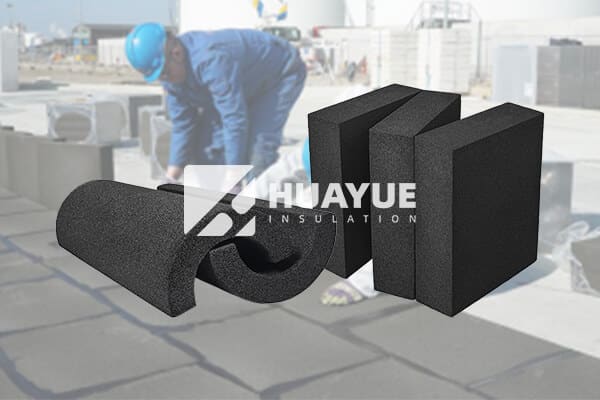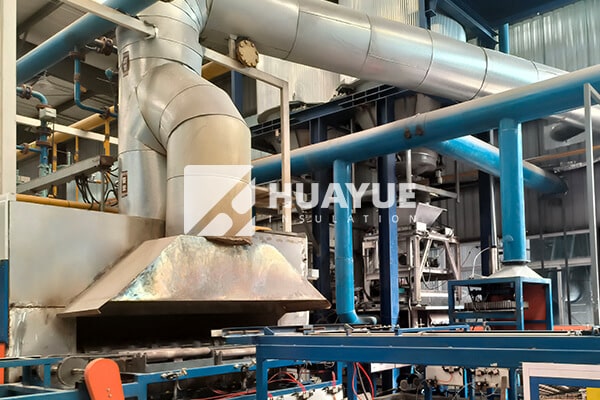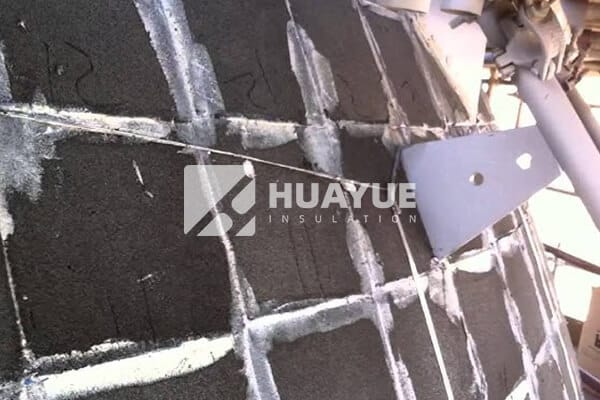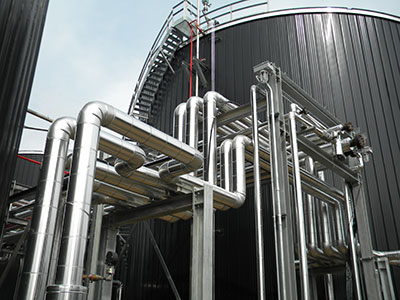Problems can arise quickly when choosing insulation materials, especially with so many names that seem similar, like cellular glass and foam glass. This can be confusing if you want the best for long-term tank efficiency.
Both foam glass and cellular glass refer to a closed-cell insulation material made by foaming glass, making them essentially the same product. The terms are used interchangeably by manufacturers and in industry.

I learned early in my career that product names can be misleading. When I worked with a new client, the procurement team wanted to buy both “foam glass” and “cellular glass.” They thought they were different. But after looking into it, I found they were looking for the same material. Understanding the naming can help you make the right decision and avoid costly confusion.
Is Foam glass the same as cellular glass?
Customers often get confused by insulation material names, which can lead to expensive mistakes or delays.
Foam glass and cellular glass are different names for the exact same product. There is no difference in their structure, characteristics, or manufacturing process.

Some clients, like Hans Müller, ask if there’s a true distinction between foam glass and cellular glass. I always tell them both terms describe a rigid, lightweight, closed-cell glass material created by heating glass powder with a foaming agent. The result is a material that delivers strong insulation, non-absorption, high compressive strength, fire resistance, and long-term durability. Foam glass and cellular glass are not separate materials; it’s simply regional or brand naming. No matter which name you use, you get the same reliable properties—and you can confidently specify either for your industrial project needs.
What is a cellular glass?
People in the construction industry want to know if cellular glass is really suited for critical insulation jobs.
Cellular glass is a rigid, closed-cell insulation material made by adding a foaming agent to recycled glass, then heating it until it expands.
The unique structure of cellular glass means every cell is sealed, not just touching. This gives the material its signature benefits. It resists water, does not burn, and stays tough even in harsh environments. I’ve seen it used for pipelines and big chemical or cryogenic tanks, because it does not let in moisture or gases and keeps thermal performance over decades. Its light weight makes it easy to install, and its compressive strength is enough for large-diameter tanks or heavy pipe supports. What stands out most in my work is how its inorganic structure means it does not rot, promote corrosion under insulation, or degrade over time — an essential requirement for customers worried about safety and long-term value.
What is foam glass used for?
Choosing the wrong insulation for tanks or piping can lead to corrosion, leaks, or energy loss, creating headaches down the line.
Foam glass is mainly used in the insulation of cryogenic tanks, pipes, chemical plants, LNG storage, and even in building roofs and walls where water resistance and fireproofing matter.
When I worked on a project for a major chemical plant, the customer needed to insulate huge ammonia storage tanks. Hans, the chief engineer, worried about CUI and wanted something with a long, trouble-free service life. We chose foam glass due to its closed cells, which did not absorb water, and its ability to handle both extreme cold and heat. It also met strict fire codes and did not provide a food source for mold or bacteria. The project ran smoother because foam glass required little maintenance over time. Its reliability brings peace of mind when safety and protection are on the line.

What are the different types of foam glass?
Engineers want to know if there are special foam glass products for demanding applications, or if it’s a one-size-fits-all solution.
Foam glass can be manufactured as blocks, pipe sections, or custom shapes for different uses, but all types share the same closed-cell structure and performance features.
During a large factory upgrade, I had to help the team pick the right form for every application. For long, exposed pipelines, pre-formed pipe sections simplified installation. For irregular valve or flange areas, custom shapes made from foam glass blocks provided the right fit. Sheets or boards covered large tank roofs and walls. Some suppliers offer foam glass with surface facings (like bitumen, aluminum foil, or even high-density coatings) to match special mechanical or weatherproofing needs. But the heart of every product is the closed-cell glass itself, which does not change across types—meaning you get reliable, expected performance, no matter which style you pick.
Is foam glass waterproof?
Builders worry about insulation failing due to water ingress, especially in harsh or exposed areas.
Foam glass is completely waterproof because each cell is sealed, so water cannot move through it by capillary action or vapor transmission.
This waterproof property is often why I recommend foam glass for clients with critical tanks. Hans once asked how foam glass would perform if there was a leak in an outer jacket. I showed him a core sample after it had been submerged—it was dry inside after weeks underwater. The insulation stayed stable and retained its performance, so there was no need for costly replacement. This feature is key for applications where even small traces of water would cause quick failure, corrosion, or freeze-thaw damage. Over decades, waterproof foam glass protects investments, reduces maintenance, and helps meet safety regulations by keeping tanks and pipes dry, year after year.
Conclusion
Cellular glass and foam glass are the same material. They bring long-term, safe, and waterproof insulation for tough environments like industrial tanks and pipelines.

